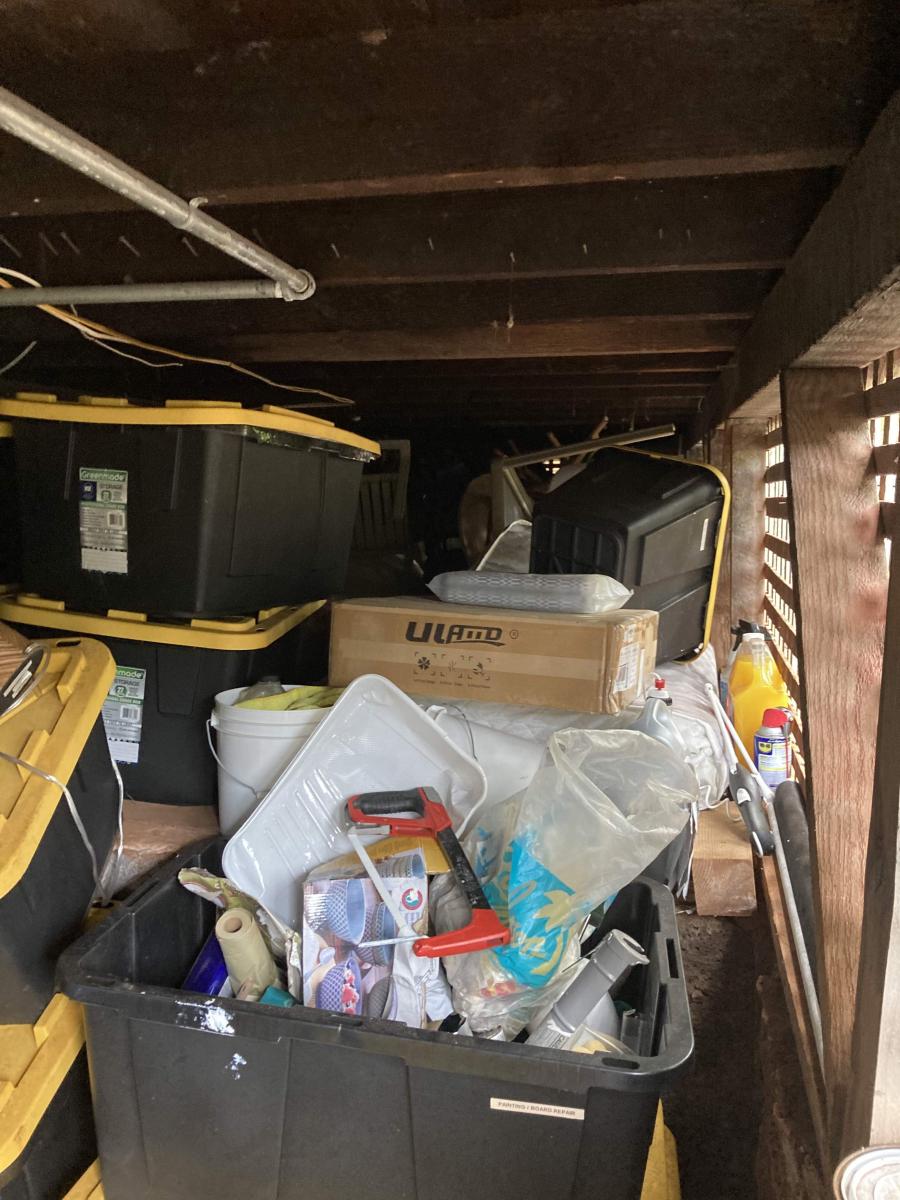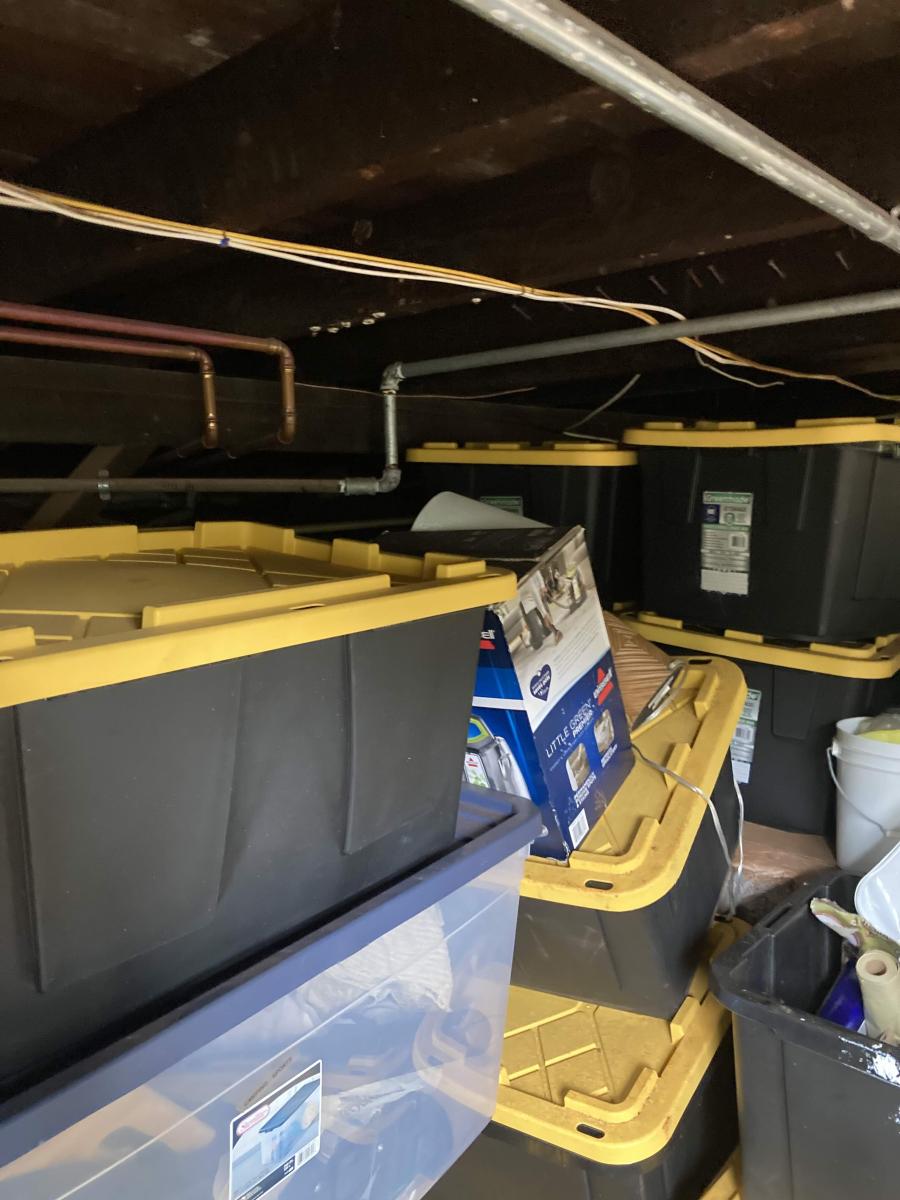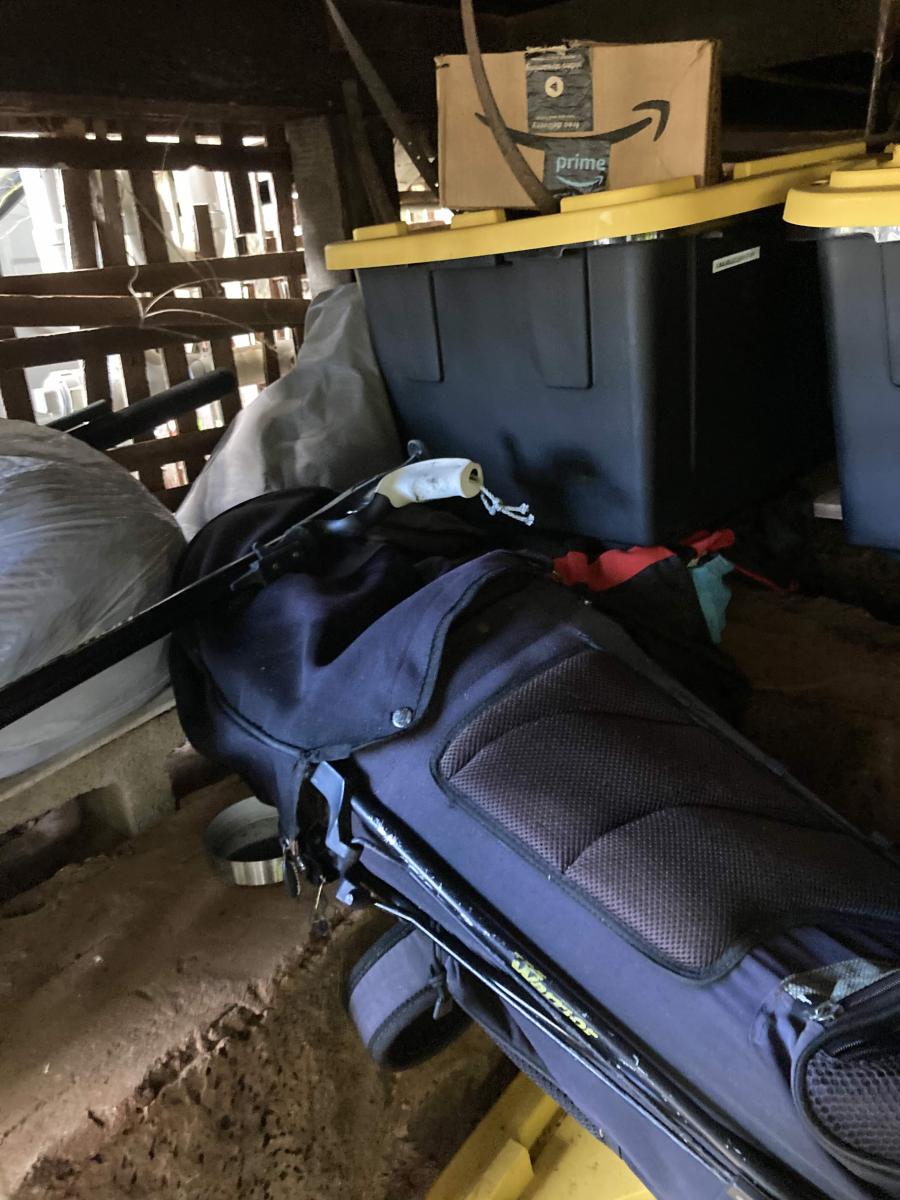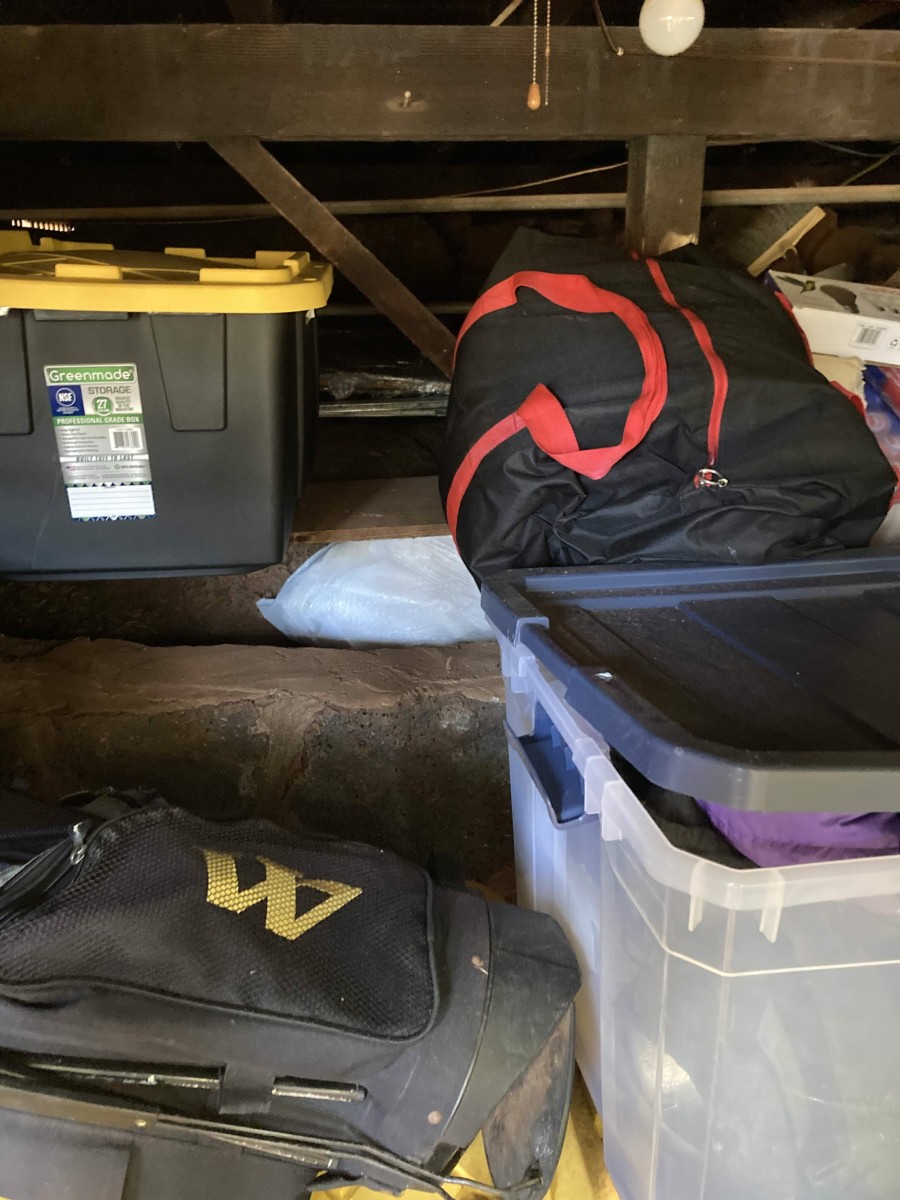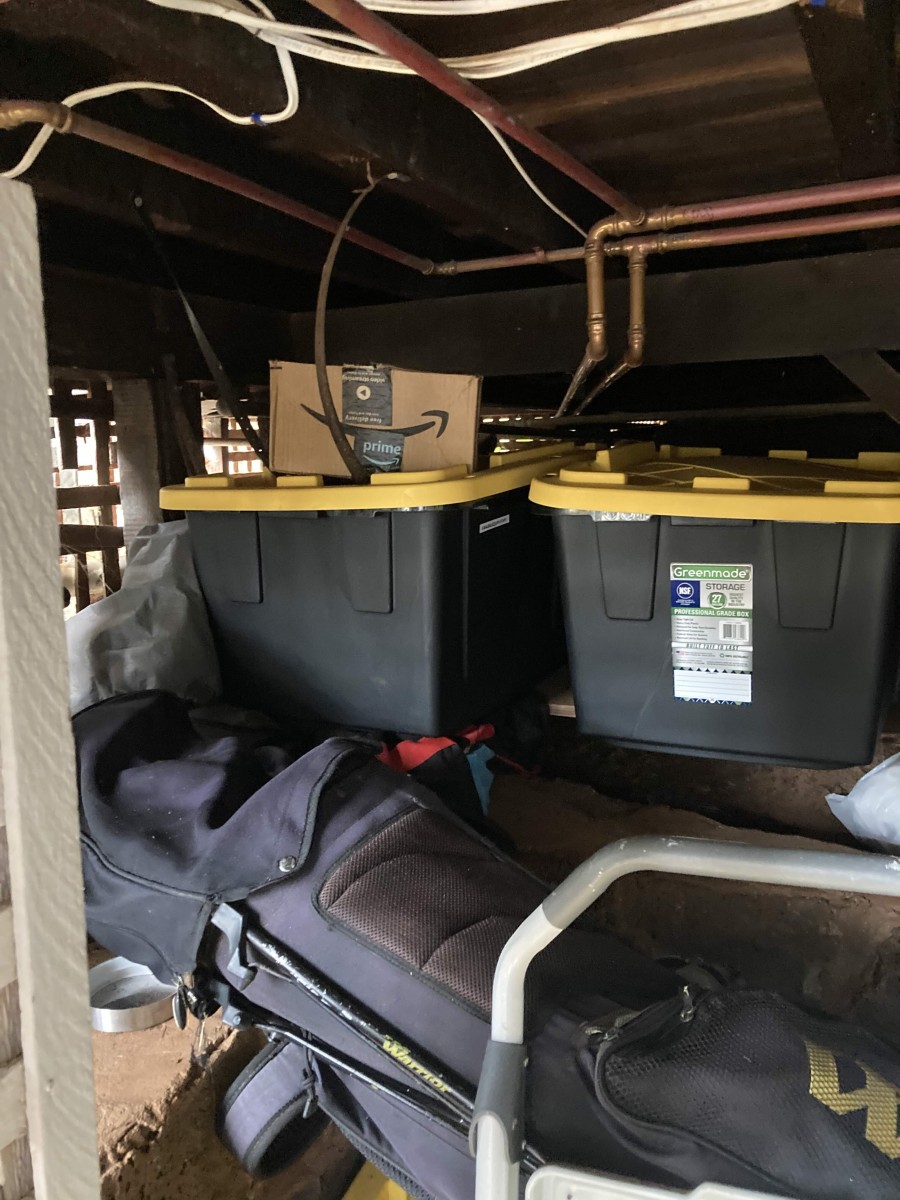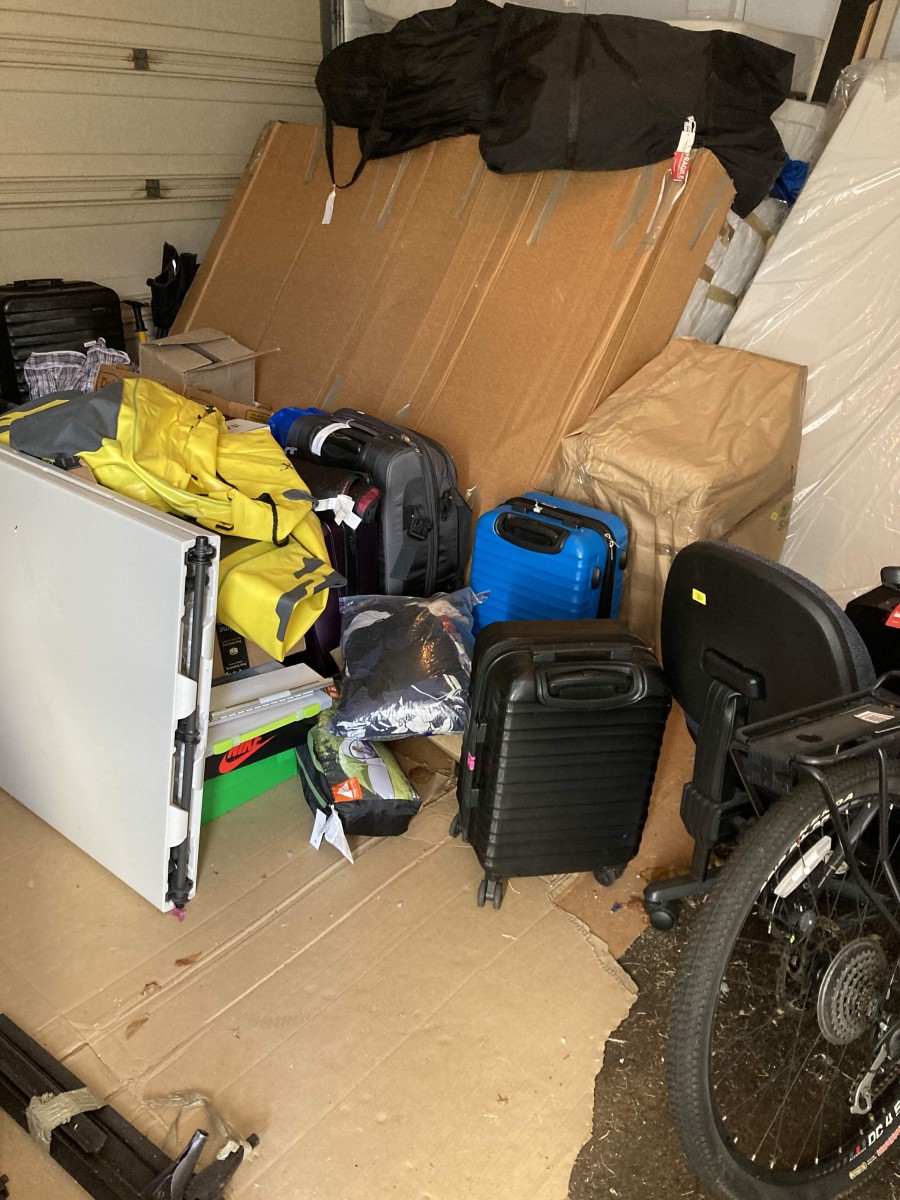Cluttered Corners: How Untidy Spaces Become Pest Havens
Clutter
The Hidden Dangers of Clutter Cluttered areas in homes and businesses provide ideal environments for pests to nest and breed. Piles of paper, cardboard boxes, and unused items create dark, undisturbed spaces where pests can thrive.
Why Clutter Attracts Pests:
- *Hiding Spots: Stacks of newspapers, magazines, and cardboard boxes offer secluded areas for pests like rodents and insects to hide and reproduce.
- *Food Sources: Cluttered spaces often conceal food crumbs, spills, or pet food, providing sustenance for pets.
- *Moisture Accumulation: Clutter can trap moisture, leading to damp environments that attract pests such as cockroaches and silverfish.
Common Pests Found in Cluttered Areas:
- *Rodents: Mice and rats seek out cluttered spaces for nesting and easy access to food sources.
- *Cockroaches: These insects thrive in cluttered environments where food and moisture are readily available.
- *Spiders: Cluttered areas provide ample hiding spots for spiders to build their nests undisturbed.
Preventative Measures:
- *Regular Cleaning: Maintain cleanliness to eliminate food residues and potential nesting sits.
- *Decluttering: Organize and reduce unnecessary items to minimize hiding spots for pests.
- *Proper Storage: Use sealed plastic containers instead of cardboard boxes to deter pests from nesting.
- *Moisture Control: Fix leaks and ensure proper ventilation to reduce moisture that attracts pests.
By addressing clutter and maintaining organized spaces, you can significantly reduce the risk of pest infestations and protect your property from potential damage.
